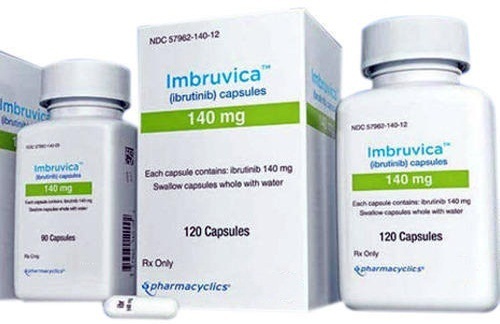
Table 1: Baseline demographic characteristics of patientsīoth etanercept biosimilars provided excellent symptom relief in axial symptoms and in patients with psoriatic arthropathy. *Depending on physician's evaluation and patient reported global assessment (b) Outline of patient response in Intacept group. gives the baseline demographic characteristics of these patients.įigure 1: (a) Outline of patient response in Etacept group. Thus, 77 patients continued the treatment (Etacept 54, Intacept 23). Five patients had to be excluded due to discontinuation of treatment during first 12 weeks (3 had an adverse reaction and 2 decided to drop out because of fear of adverse effects). A total of 82 patients were started on etanercept biosimilar. The study protocol was approved by the Ethics Committee of our institution.Ī and b give the outline of patients considered eligible for anti-TNF therapy. Patients who discontinued following up with rheumatology clinic were contacted telephonically and their missing data were received through E-mail or on next personal visit at clinic. Adverse effects of treatment were carefully noted. Patients with lack of any response at 12 weeks discontinued the drug. In case of worsening of symptoms, patients were reverted to weekly regimen. They were then assessed at the end of 24 weeks for the achievement of “major improvement” and if achieved, were switched to once every 2 weeks dosages. The patients who failed to achieve “major improvement” at the end of 12 weeks were continued on weekly dose of prescribed biosimilar.

, The primary endpoint was achievement of BASDAI 2 points) received same biosimilar every 2 weeks subsequently. Other parameters assessed at above-mentioned time points included ASAS-20 (Assessment of SpA International Society), ASAS-40, and ASAS-partial remission (ASAS-PR). ,, These were repeated at 12 weeks, 24 weeks, 52 weeks, and 104 weeks after starting the treatment with Etacept and at 12 weeks and 24 weeks after starting treatment with Intacept. Baseline assessment parameters included BASDAI, Bath Ankylosing Spondylitis Functional Index (BASFI), Ankylosing Spondylitis Disease Activity Score (ASDAS), and NSAID consumption index. Patients with latent TB received rifampicin and isoniazid for 6 months, started simultaneously with anti-TNF therapy. In addition, hepatitis B surface antigen and anti-hepatitis C virus status were also obtained before starting anti-TNF therapy. Screening for latent tuberculosis (TB) included chest X-ray, interferon gamma release assay (“Quantiferon-TB-Gold“), and Mantoux test (1 TU). Women with pregnancy or who were breastfeeding were also excluded from the study.

#Intacept injection 25 mg trial
Primary endpoint was BASDAI 4 Bath Ankylosing Spondylitis Disease Activity Index ) despite a 1-month trial of at least two NSAIDs (for axial symptoms only) with or without 3-month trial of DMARDs (for peripheral joint symptoms). For Etacept, week 52 and 104 data were also available. BASDAI, Bath Ankylosing Spondylitis Functional Index, and ASDAS and NSAID index were noted at baseline, 12, and 24 weeks. Patients achieving “major improvement” after 12 weeks (Ankylosing Spondylitis Disease Activity Score reduction by >2 points) received the dose every 2 weeks subsequently.

Etanercept biosimilar (50 mg) was administered weekly for the first 12 weeks. Those with active disease (Bath Ankylosing Spondylitis Disease Activity Index >4), despite 1-month trial of two non-steroidal anti-inflammatory drugs (NSAIDs) (axial) and/or 3-month trial of disease modifying anti-rheumatic drugs (peripheral), received anti-TNF therapy. Methods: Clinical record of patients with axial and/or peripheral SpA (Assessment of SpA International Society criteria) registered during April 2013–September 2016 was retrieved.

We present retrospective analysis of our experience with 2 etanercept biosimilars (Etacept and Intacept). Background: Antitumor necrosis factor (TNF) drugs are highly efficacious in spondyloarthritis (SpA).


 0 kommentar(er)
0 kommentar(er)
